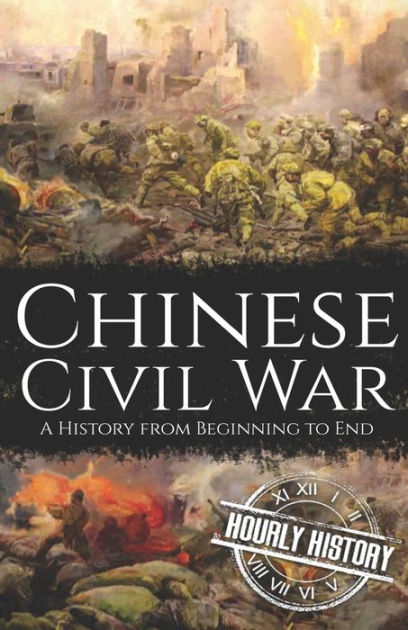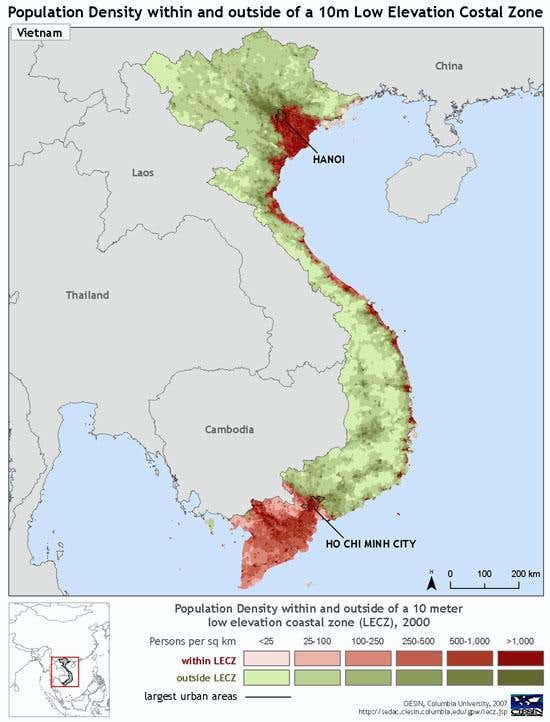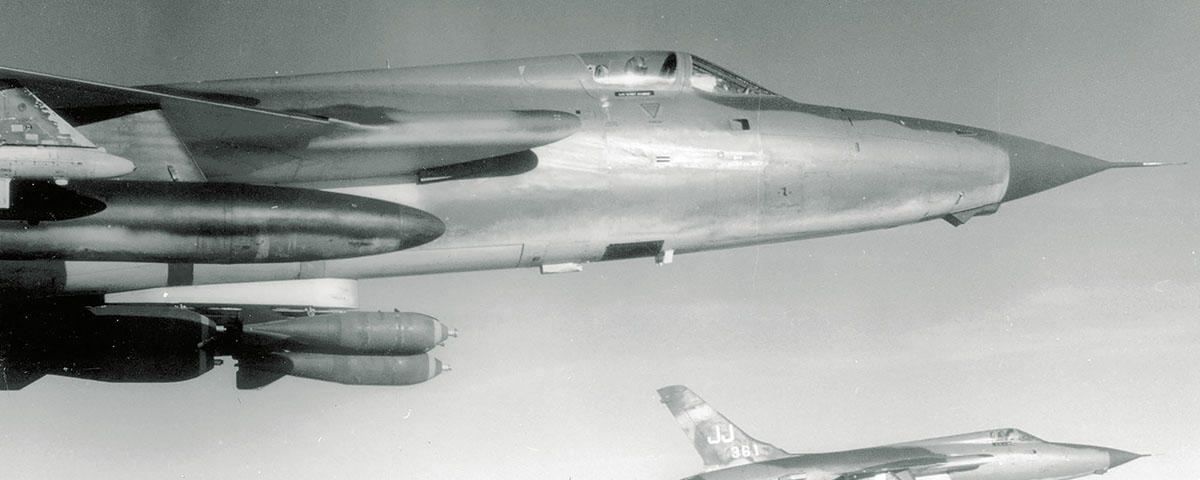Vietnam War in retrospective
USA fought a war in Vietnam in the 1960s when its military technologies were nothing like in 1991 (vs. Iraq) and beyond. Vietcong and American troops could NOT defeat each other due to
technological limitations and
geographical factors and were
locked in a stalemate for a long period of time.
Technological limitations
For perspective; USAF could
NOT knock out a Vietnamese bridge (Dragon's Jaw) with "standard munitions" for a long period of time in Vietnam:
"At the outset of the Vietnam War, the US Joint Chiefs of Staff rated the Dragon’s Jaw as No. 14 on the list of the most important targets in North Vietnam. It carried the only railroad in the North Vietnamese panhandle and was a key link in the supply route supporting the war in the south. When the Rolling Thunder air campaign began in 1965, the bridge was selected for early attack.
On April 3, 1965, Lt. Col. Robinson Risner led a strike force of almost 80 aircraft from bases in Vietnam and Thailand against the Dragon’s Jaw. The actual attack was conducted by 31 F-105s from Korat Air Base in Thailand, half of them carrying Bullpup missiles and half with 750-pound general-purpose bombs.
Planners had expected the attack to drop the bridge. However, neither the missiles nor the bombs caused any appreciable damage. One pilot said the Bullpups, which had lightweight 250-pound warheads, simply “bounced off” the target.
The next day, Risner led a restrike by 46 F-105s. This time, they left the Bullpups at home and hit the bridge with some 300 bombs, but the results were no better than before. Two further strikes in May closed the bridge briefly for repairs. Large mines, dropped upriver by transport aircraft, floated into the bridge abutments but they had little effect.
By 1972, the Air Force and the Navy had sent 871 sorties against the Dragon’s Jaw, losing 11 aircraft but failing to knock out the bridge.
Precision-guided munitions in Vietnam wrote the book on ground attack.

www.airforcemag.com
Geographical factors
Source: https://www.researchgate.net/figure/Topographic-map-of-Vietnam_fig1_233808418
Source: https://www.newscientist.com/article/dn11483-coastal-living-a-growing-global-threat/
Vietnamese geography prevents mechanized thrusts in numerous sectors of the country. USA had
NO choice but to use helicopters to insert troops in such sectors to confront Vietcong forces and/or to conduct bombing runs in numerous sectors to soften Vietcong infrastructure. American troops could win battles but gains on the ground remained limited.
Locked in a stalemate
Major battles of the war and their respective outcomes are identified as follows:
Although American military forces could win battles, Vietcong remained intact and launched
Easter Offensive in another show of force to weaken South Vietnam in 1972.
Negotiations
Nixon administration was under domestic pressure to bring an end to war in Vietnam and ordered drawdown of American troops to signal its intent for the needful but Vietcong saw an opportunity in this development to launch its Easter Offensive to weaken South Vietnam in 1972. This put Nixon administration in a predicament and it authorized use of
overwhelming force to stop Vietcong in its tracks and bring it to the negotiation table instead:
Operation Linebacker II was launched to achieve desired outcome in this case.
ÐивÑÑÑÑÑ Ð²Ñдео, ÑлÑÑайÑе ÑлÑÐ±Ð»ÐµÐ½Ñ Ð¼ÑзикÑ, заванÑажÑйÑе оÑигÑналÑний конÑÐµÐ½Ñ Ñ Ð´ÑлÑÑÑÑÑ Ð²ÑÑм Ñим Ñз дÑÑзÑми, ÑÑм'ÑÑ Ð¹ ÑÑлим ÑвÑÑом на YouTube.

www.youtube.com
Improvements in American military technology such as emergence of smart bombs made it possible for the USAF to achieve results that were NOT possible before. For example, USAF used smart bombs on the Vietnamese bridge Dragon's Jaw for a change:
The F-4s hit the bridge with 26 laser-guided bombs, several of them heavy 3,000-pounders, and did what all of the previous attacks had not been able to do. According to an Air Force review of the action, “The western span of the bridge had been knocked completely off its 40 foot thick concrete abutment and the bridge superstructure was so critically disfigured and twisted that rail traffic would come to a standstill for at least several months.”
Precision-guided munitions in Vietnam wrote the book on ground attack.

www.airforcemag.com
The road and railway bridge at Thanh Hoa south of Hanoi spanned the Ma River and was a vital link in the movement of communist troops and supplies. For the better part of a decade, U.S. Navy, Marine and Air Force aviators braved the flak-filled skies over North Vietnam on missions to destroy the...

www.historynet.com
- and Dragon's Jaw collapsed.
Operation Linebacker II showed that it was possible to defeat Vietcong but Nixon administration was not interested to stay on course.












